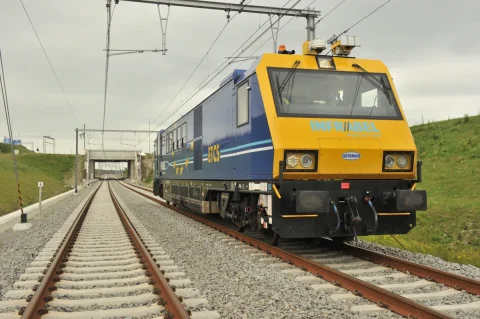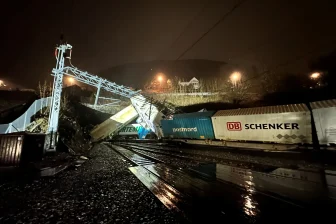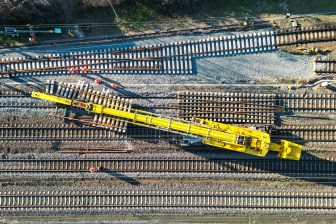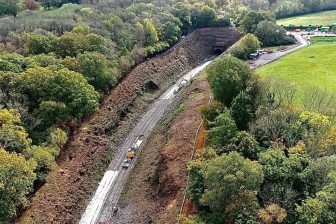
40 percent of Belgian track now equipped with ETCS
source: Infrabel
In the province of Antwerp, 65 kilometres of track were equipped with the European safety system ETCS within two days. With this step, 40 percent of the Belgian railway is now equipped with ETCS. Infrabel’s ambition is great, because by the end of 2025 the entire railway network in Belgium should be equipped with the safety system.
Want to read more?
You have read all of your free premium articles for this month. Please become a subscriber to keep reading.
Subscribe now!
Take advantage of our exclusive offer to get full access to all premium content.



